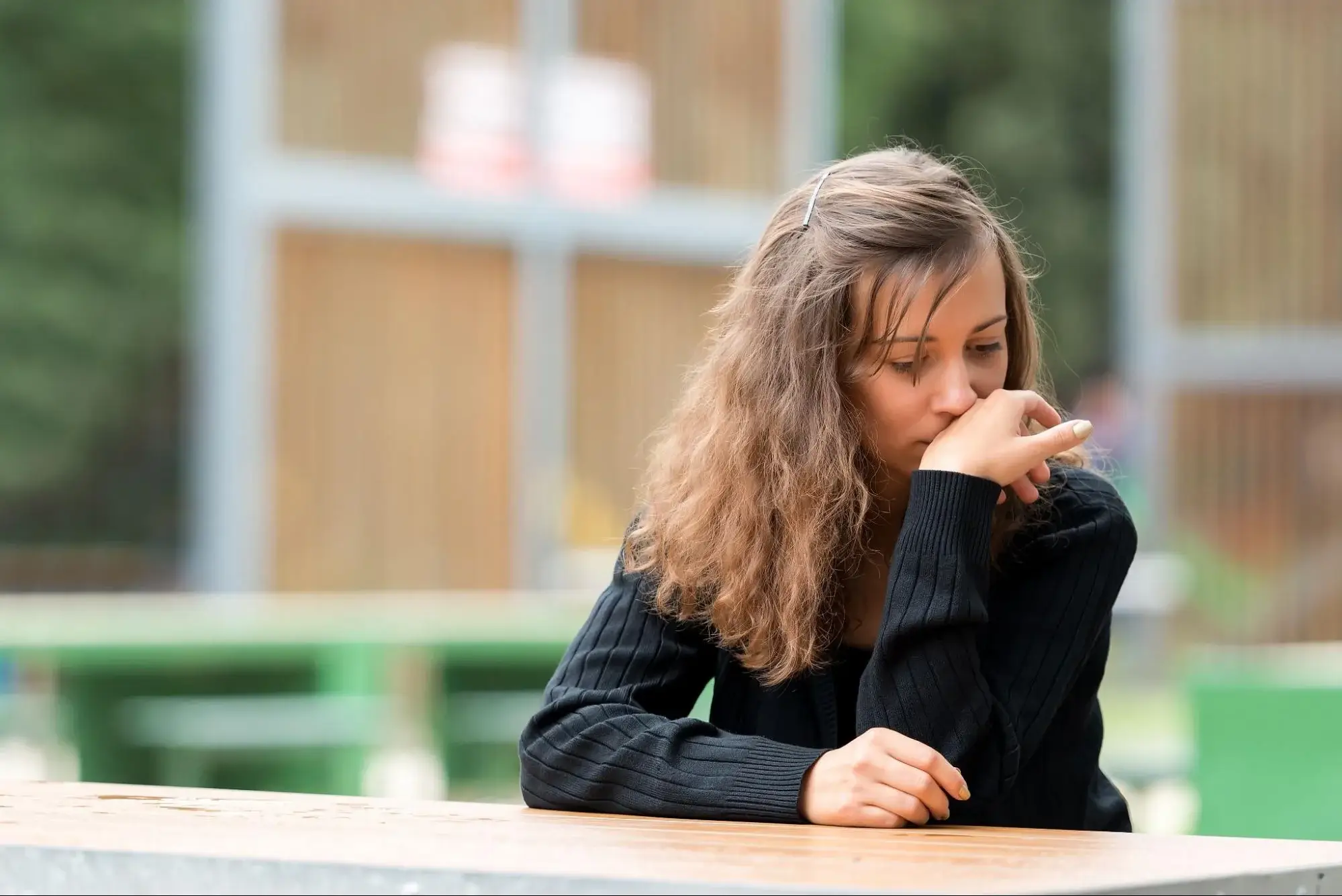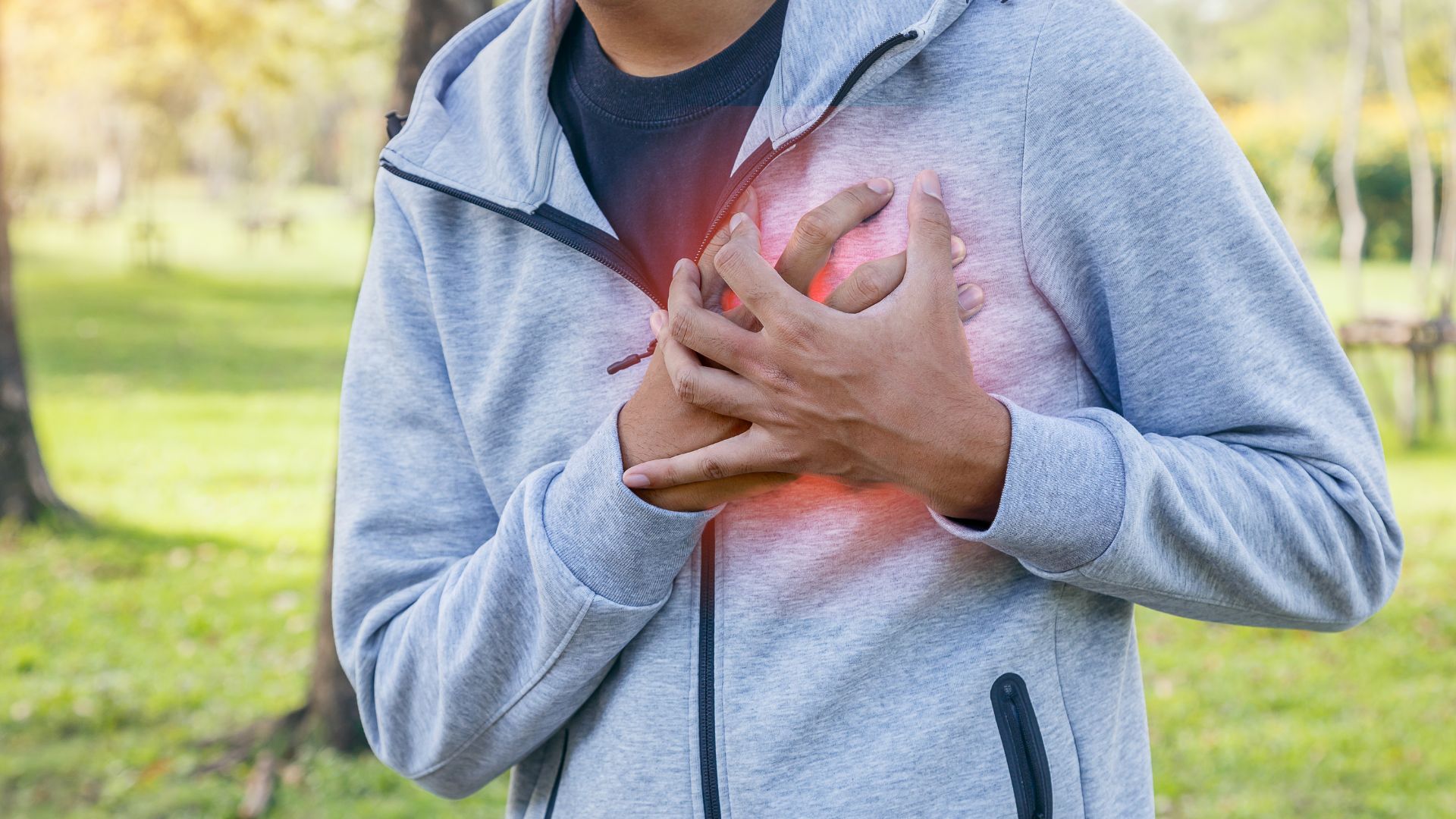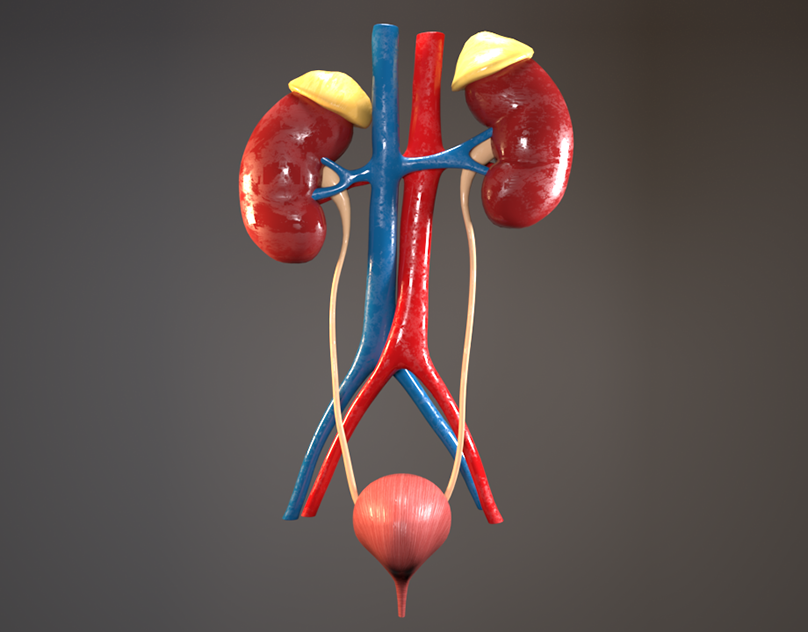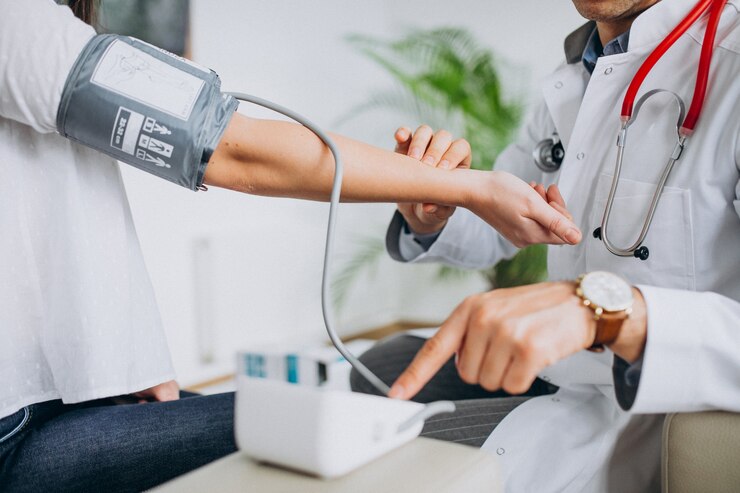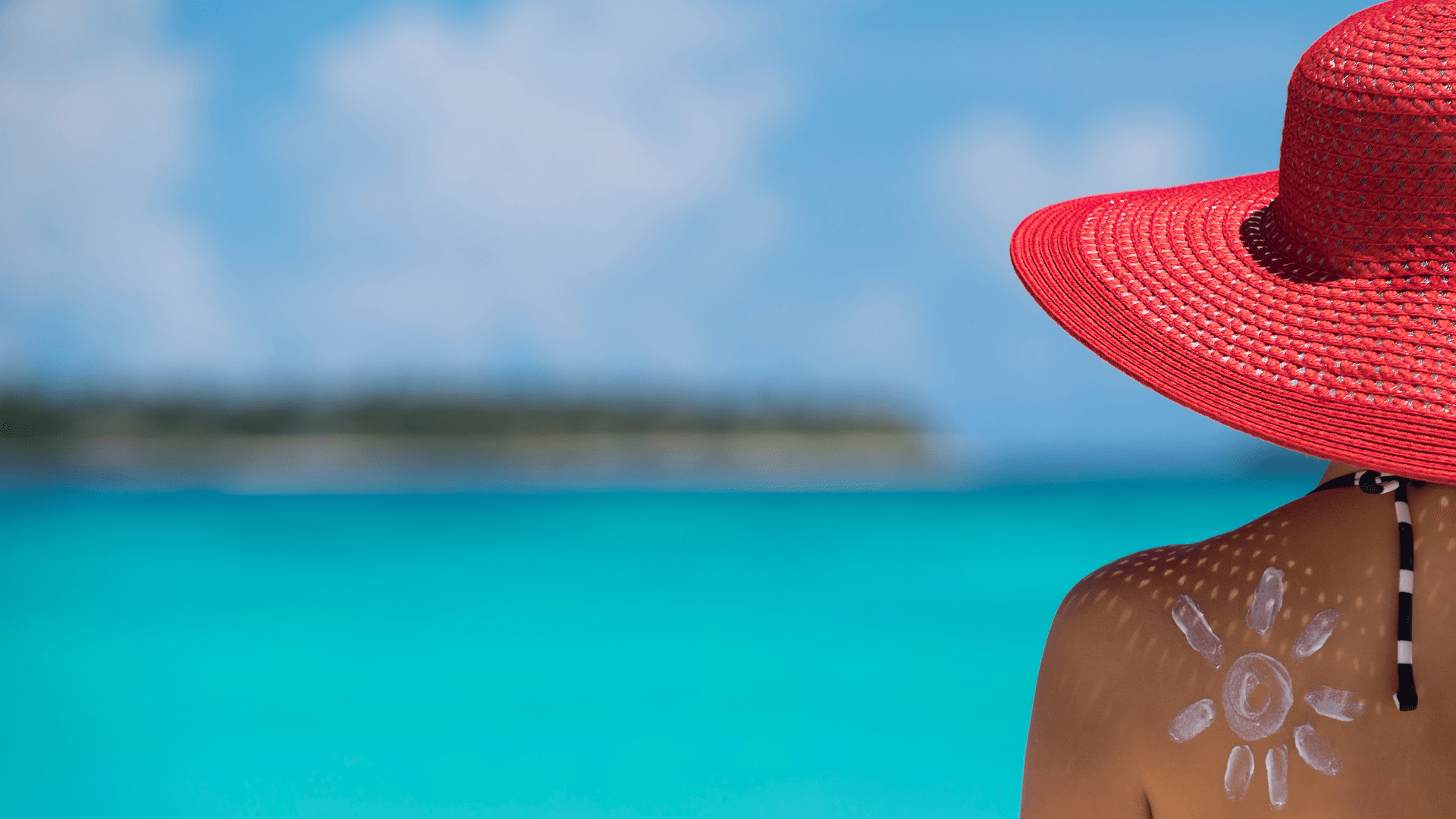
Sun Safety and Skin Cancer Prevention
July 18, 2023
It’s summertime. The days are longer and hotter, forcing a lot of people indoors and into the comfort of the central air. While we can sometimes retreat to much cooler homes and offices, we do have to take on the sun at some point, despite its scorching heat. During this time, the hotter temperatures prompt various questions about exposure to the sun’s UV rays. That’s because sun exposure can cause sunburn, skin aging, including wrinkles, as well as eye damage, and skin cancer.
How Much Sun Do You Really Need?
It’s a known fact that you need some sunshine to generate vitamin D. But how much sunshine is enough? And does everyone need the same amount? As most people are aware, there’s a balance to be struck when it comes to spending time out in the sun. While you want to get that Vitamin D benefit, you also want to make sure you are not being overly exposed to potentially harmful UV rays. So how much sun do you need while making sure your cancer risk is minimised? According to Dr Vikas Roshan, Senior Consultant Surgical Oncologist at Health City, this depends on your skin type.“For those persons with lighter skin tones, the average recommended time in the sun is approximately nine minutes, as they burn easier. Those with darker skin tones can get up to 25 minutes of exposure.” Dr Vikas emphasised that there was no ‘standard’ or ‘fixed’ amount of time, as this would vary from individual to individual.
Knowing When the Sun is Strongest
It can be confusing trying to figure out when the sun is at its hottest. One handy tip to use is called the ‘shadow rule’. When in the sun, if your shadow is shorter than your height this means that the sun’s UV rays are strong. It’s during this time that you are more likely to burn, so you should amp up your protection.
Risk Factors
The sun’s UV rays are the main cause of skin cancer. However, there are several risk factors that should be considered. These include:
- exposure to ultraviolet radiation from sunlight or tanning lamps and beds;
- a personal history of skin cancer;
- skin that burns easily;
- lighter skin;
- certain types of moles, especially if there is a large number of them;
- a family history of skin cancer; and
- older age.
Sun Safety Tips
There is a belief in some circles that all you need to do to protect yourself from the sun is dab on some sunblock. While sunblock is important, it cannot protect you from the sun on its own. Here are some useful tips to help protect yourself while in the sun.

1. Cover Up with Clothing
Choose loose-fitting clothing that covers your shoulders and has long sleeves so most of your skin is covered, as this will minimise exposure and increase your protection. Darker colours provide more UV radiation protection. Look for synthetic fabrics like polyester, lycra and nylon, which offer far more protection than bleached cotton. A wide-brimmed hat to shade your face, ears and neck, as well as UV protection sunglasses are also essential.
2. Spend Time in the Shade
The sun’s ultraviolet rays tend to be strongest between 10am and 2pm between the months of March and October. You are advised to avoid spending time outdoors during these hours, if possible. If you must be outside, try avoiding direct sunlight, staying in the shade as much as possible. An important thing to note is that you should protect yourself, even though you are not directly in the sunlight. Dr Vikas advises that while shaded areas such as under a tree or umbrella provide some protection, you are not completely safe from UV rays, which can still reflect off nearby surfaces.
3. Wear Sunblock
Sunblock should be used in tandem with protective clothing or shade, as it cannot provide 100% protection. It’s not likely that your clothing will cover all of your skin, and that’s where sunblock is particularly useful. We recommend sunblock with a Sun Protection Factor (SPF) of at least 30 (UVB protection), and that you use as recommended. Apply enough of the product and reapply, even if the product is ‘water resistant’. It’s important to note that wearing sunblock does not mean you should spend more time in the sun, especially to tan. Using sunscreen for the purpose of sunbathing may make sun burn and skin damage more likely.
Also Read: Lung Cancer
Dr Vikas cautions that protection from UV rays is important year-round, not just in summer. “It’s important to protect your skin from sun damage throughout the year, no matter the weather. UV rays can reach you even on cloudy days! Don’t take it for granted that you don’t need sunscreen or that you are used to the sun. Making simple choices like wearing long-sleeved clothing or mowing the lawn later in the evening can help protect you from skin cancer.” For information about skin cancer treatment, please call Health
Also Read: Driving Hygiene

